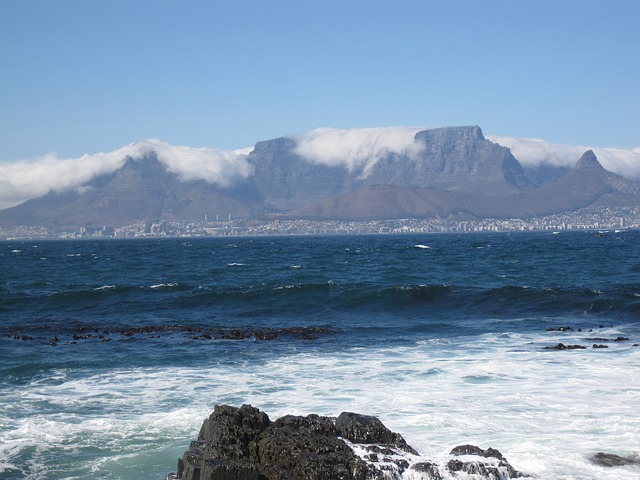There is one thing that Capetonians collectively dislike, and one thing we receive an abundance of – wind. While the wind blows throughout the year, the Cape Doctor begins around August until late March. It rears its ugly head most noticeably in January and February when we’re just trying to enjoy a day at the beach, without the fear of being impaled by an umbrella. In Cape Town, what do you get when you combine dry heat, relentless winds and carelessness? Wild fires. A massive concern for summertime.
Cape Town’s worst fire season in years is predicted for the upcoming summer months. Fires are good for soil rejuvenation and for endemic fynbos to flourish. If they spread uncontrollably however, fires can be extremely detrimental. Our fire fighters work tirelessly, using extremely precious water resources to put out a blaze. With the Cape Doctor blowing in full force, their job and the conditions they work in, are made even more difficult.
The Cape Doctor is a beast of its own, with dry south-easterly winds howling throughout summer – enough to drive anyone to the brink of insanity. Without the wind though, how would we make awkward small talk? And how would we be able to breathe with all the smog laying low? The wind, while absolutely infuriating, is important to Cape Town.
The Cape Doctor keeps Cape Town’s air clean. The force of the wind pushes the low-lying smog out of the city and surrounds, giving us mere mortals a literal breath of fresh air. It also gives us better, clearer views of the city, from all angles.
The Cape Doctor is Cape Town’s sigh of relief on scorching hot summer days. Those living in the CBD can attest to this.
With the Cape Doctor comes the Table Cloth: a glorious cloud display that drapes over the top of Table Mountain. This phenomenon is a beloved sight for Capetonians, as we are very proud of our iconic mountains.
While we might be quick to complain about the bombardment of the Cape Doctor, we should keep its benefits in mind.
Image: Cape Town Etc

